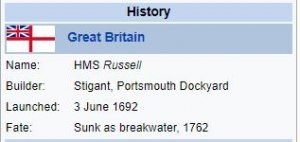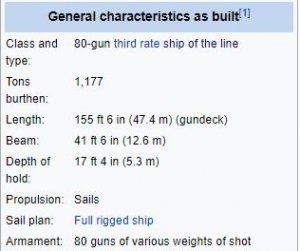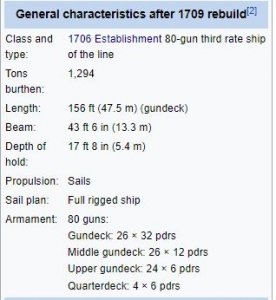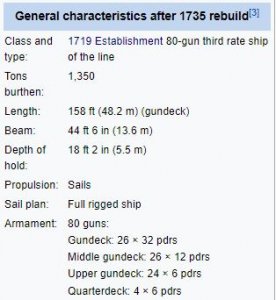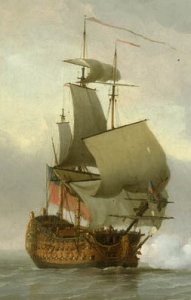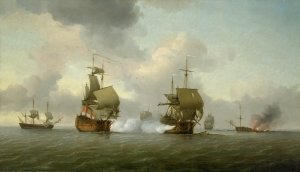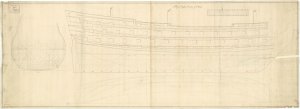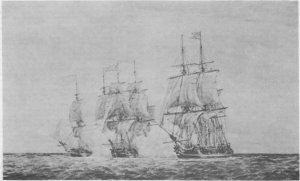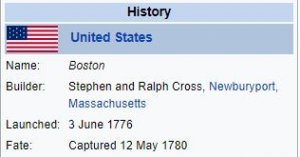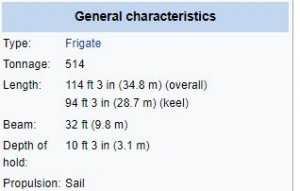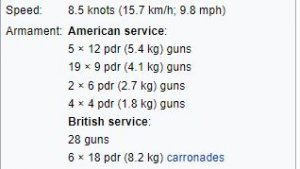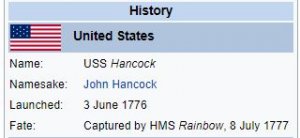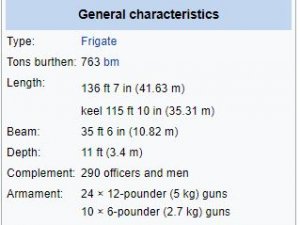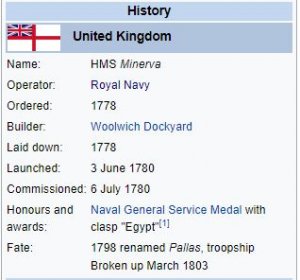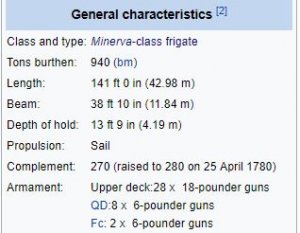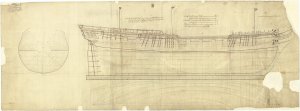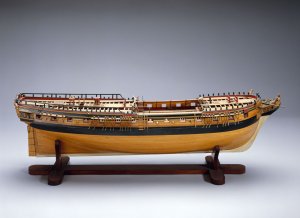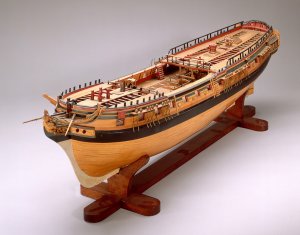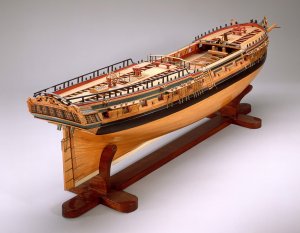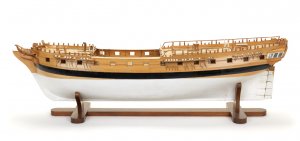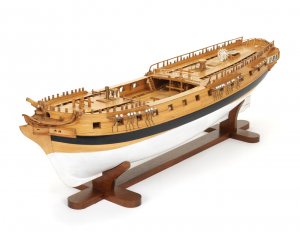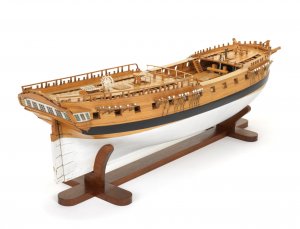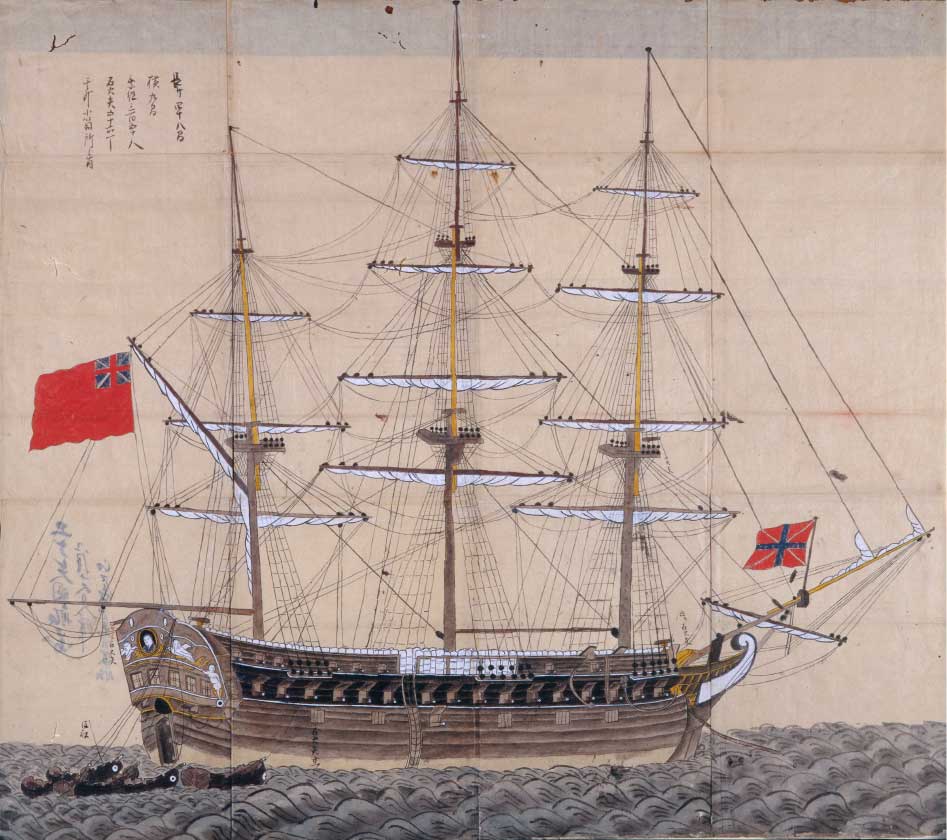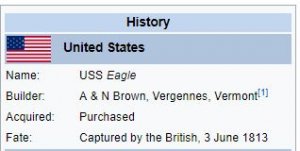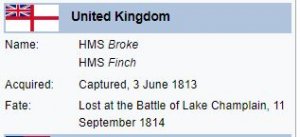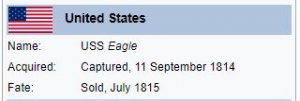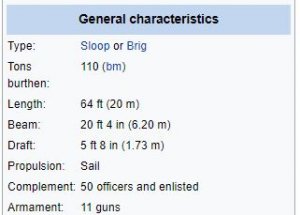Today in Naval History - Naval / Maritime Events in History
Other Events on 1 June
1710 – Death of David Mitchell, Scottish admiral and politician (b. 1642)
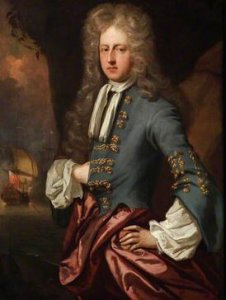
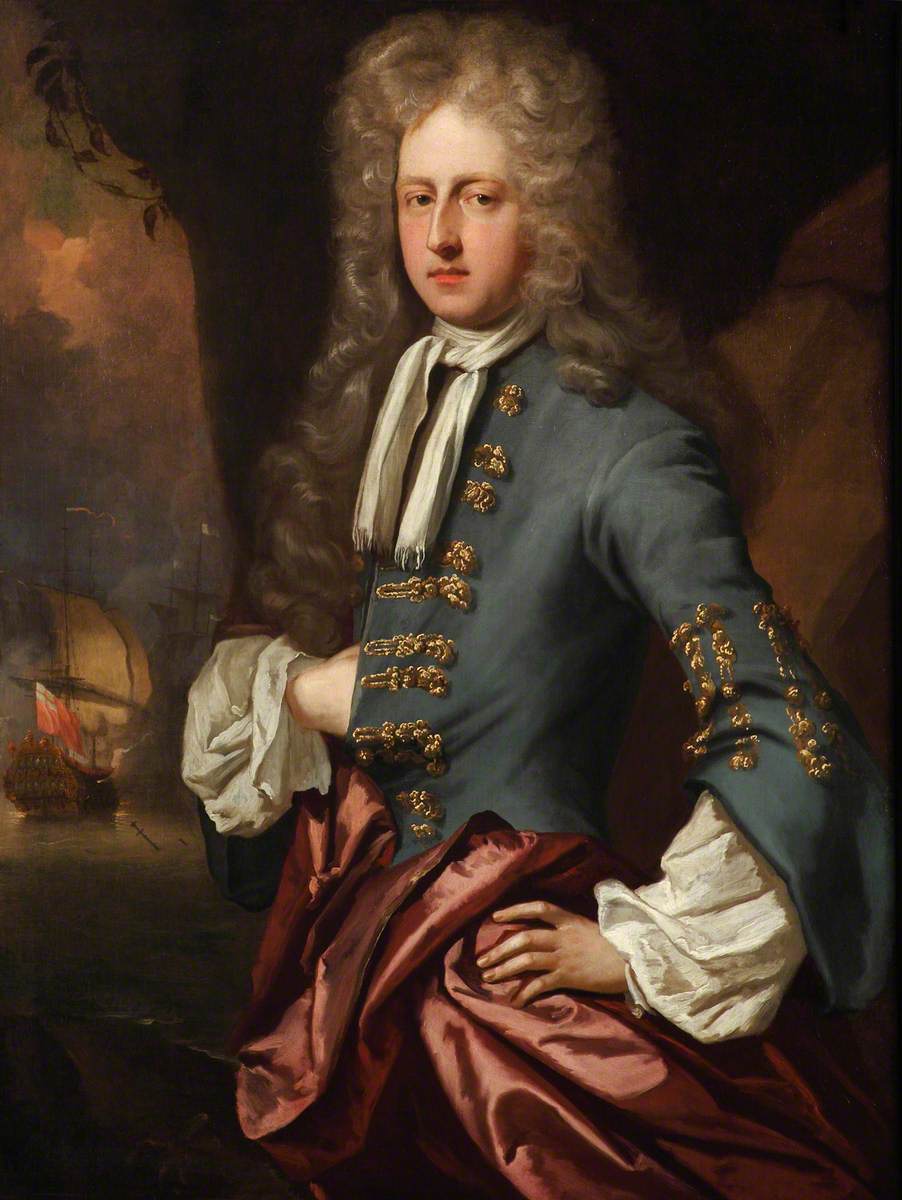
 en.wikipedia.org
en.wikipedia.org
1754 – Launch of Fleur de Lys, (launched 1 June 1754 at Brest) – burnt to avoid capture 1760.
Comète class, (30-gun design by Joseph-Louis Ollivier, with 26 x 8-pounder and 4 x 4-pounder guns).
Comète, (launched 20 December 1752 at Brest) – captured by British Navy 16 March 1761, becoming HMS Comet.
Fleur de Lys, (launched 1 June 1754 at Brest) – burnt to avoid capture 1760.
Concorde, (launched 15 November 1755 at Brest) – wrecked 1756.
1757 – Launch of Spanish España 68 (launched 1 June 1757 at Cádiz) - Stricken to BU 12 December 1807
África class all ordered 1751-57 at Cadiz (Carraca Dyd), 68 guns
África 68 (launched 20 November 1752 at Cadiz) - stricken 8 August 1806 and BU 1809
Firme 68 (launched 22 June 1754 at Cadiz) - Captured by Britain 22 July 1805, retaining same name, BU 1814
Aquiles 68 (launched 5 September 1754 at Cadiz) - Stricken 7 August 1790
España 68 (launched 1 June 1757 at Cádiz) - Stricken to BU 12 December 1807
1779 – Launch of HMS Pegasus was a 28-gun Enterprise-class sixth-rate frigate of the Royal Navy.
HMS Pegasus was a 28-gun Enterprise-class sixth-rate frigate of the Royal Navy. The Pegasus was first commissioned in May 1779 under the command of Captain John Bazely.
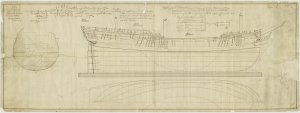

 en.wikipedia.org
en.wikipedia.org
1795 Adam Duncan promoted to full Admiral.
1795 - Pandour, a French a 14-gun gun-brig launched in 1780 as a cutter, which the Royal Navy captured in December 1795. The Navy took her into service as Pandora (or Pandour), but she foundered in June 1797
 en.wikipedia.org
en.wikipedia.org
1796 – Launch of HMS Merlin was one of the two original Merlin-class sloops that served the Royal Navy during the French Revolutionary Wars.
HMS Merlin was one of the two original Merlin-class sloops that served the Royal Navy during the French Revolutionary Wars. She was launched in 1796 and was broken up in 1803. Her greatest accomplishment was her role as the leading vessel in a motley flotilla of local vessels that defeated a Spanish attack on the British colonists in Honduras at the Battle of St. George's Caye. She later captured a number of small merchant vessels in the West Indies before returning to Britain, where she was broken up.
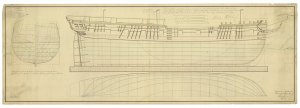

 en.wikipedia.org
en.wikipedia.org
1797 HMS Astraea (32), Cptn. Richard Dacres, captures the Dutch privateer Stuiver (10) off the Scaw
HMS Astraea (or Astrea) was a 32-gun Fifth Rate Active-class frigate of the Royal Navy. Fabian at E. Cowes launched her in 1781, and she saw action in the American War of Independence as well as during the Napoleonic Wars. She is best known for her capture of the larger French frigate Gloire in a battle on 10 April 1795, while under the command of Captain Lord Henry Paulet. She was wrecked on 23 March 1808 off the coast of Anegada in the British Virgin Islands.
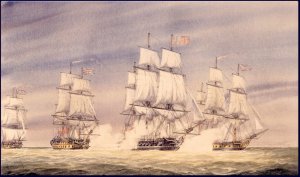
Capture of the American Frigate South Carolina by the British frigates Diomede, Quebec and Astrea, c.1925, National Archives of Canada

 en.wikipedia.org
en.wikipedia.org
1814 Start of 4 day British operation in the River Patuxent.
1825 - June 1 - Greeks defeat Turks between Euboea and Andros
1848 – Launch of HMS Colossus was a two-deck 80-gun second rate ship of the line of the Royal Navy, at Pembroke Dockyard.
HMS Colossus was a two-deck 80-gun second rate ship of the line of the Royal Navy, launched on 1 June 1848 at Pembroke Dockyard.
Colossus was fitted with screw propulsion in 1864, and was sold out of the navy in 1867.
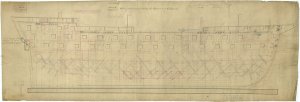
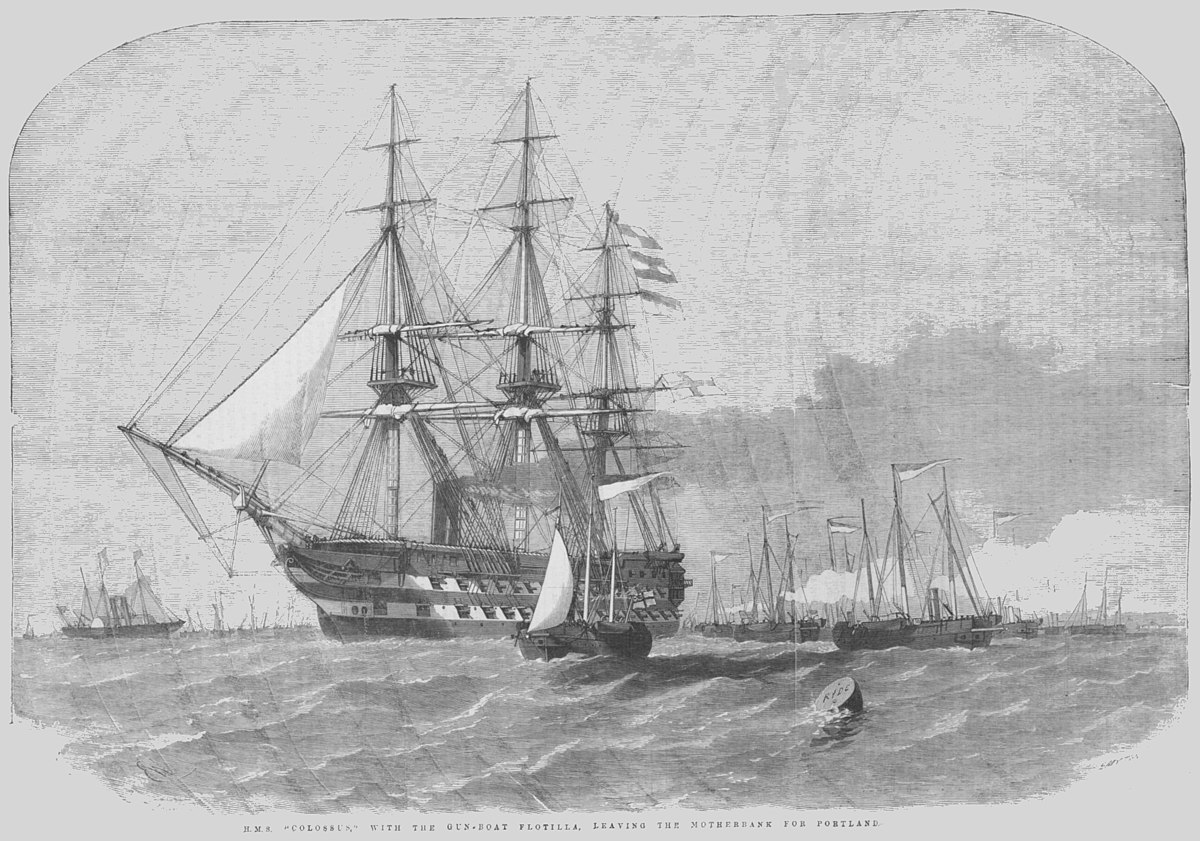
 en.wikipedia.org
en.wikipedia.org

 en.wikipedia.org
en.wikipedia.org
1871 - Two ships under the squadron command of Commodore John Rodgers, on USS Colorado, are attacked from Korean forts and batteries. The squadron is carrying Frederick Low, U.S. foreign minister to China, who was sent to negotiate trade with Korea. A Marine Corps expedition destroys the forts and inflicts heavy casualties on the Koreans on June 10-11.
1882 – Launch of Aagot was a three-masted square rig sailing ship built by Dobie & Company, Govan for the Firth Line, as Firth of Clyde
Aagot was a three-masted square rig sailing ship built by Dobie & Company, Govan for the Firth Line, as Firth of Clyde and was launched on 1 June 1882. She was wrecked on Wardang Island on 11 October 1907
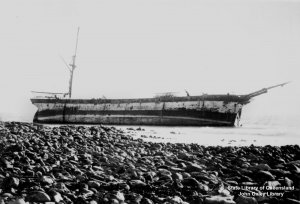
Wreck of the 1,242 GRT three-masted sailing ship Aagot, formerly Firth of Clyde, on Wardang Island, South Australia, in 1907. (From description supplied with photograph). Dobie & Co of Govan, Scotland built her in 1882 as the square-rigger Firth of Clyde for James Spencer & Co of Glasgow. Herman Jacobsen of Sarpsborg, Norway bought her in 1904 and had her converted into a barque. On 12 October 1907 she ran aground on Wardang Island in the Spencer Gulf and was wrecked.
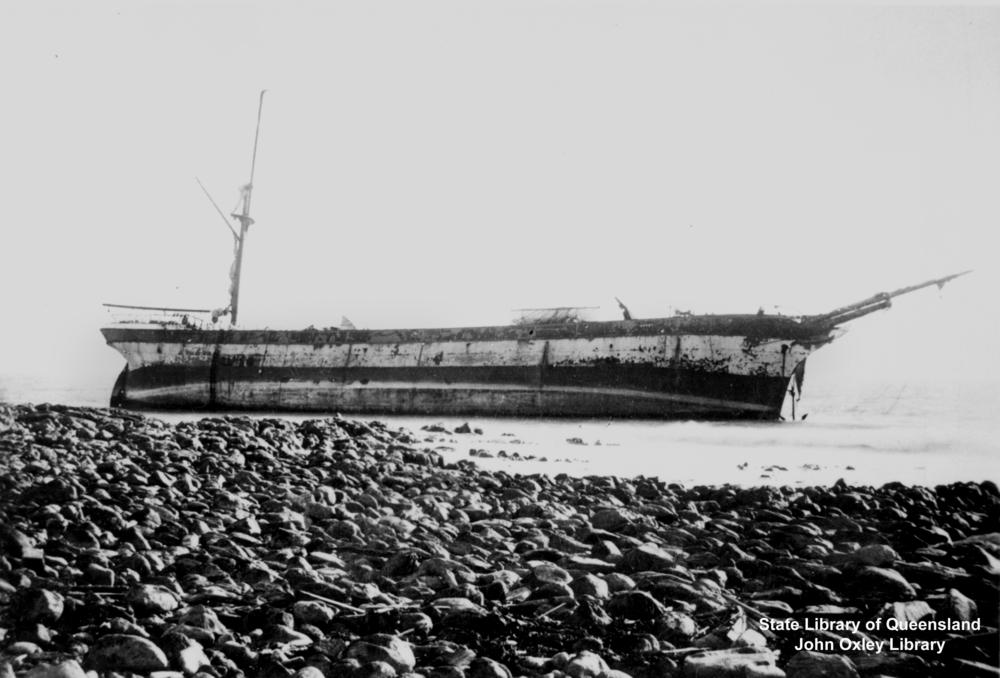
 en.wikipedia.org
en.wikipedia.org
1887 – Launch of The Russian battleship Sinop (Russian: Синоп) was a battleship built for the Imperial Russian Navy, being the third ship of the Ekaterina II class.
The Russian battleship Sinop (Russian: Синоп) was a battleship built for the Imperial Russian Navy, being the third ship of the Ekaterina II class. She was named after the Russian victory at the Battle of Sinop in 1853. The ship participated in the pursuit of the mutinous battleship Potemkin in June 1905[a] and towed her back to Sevastopol from Constanța, Romania, where Potemkin had sought asylum. Several proposals were made for Sinop's reconstruction with modern guns and better quality armor during the 1900s, but both were cancelled. She was converted to a gunnery training ship in 1910 before she became a guardship at Sevastopol and had her 12-inch (305 mm) guns removed in exchange for four single 203 mm (8.0 in)/50 guns in turrets. Sinop was refitted in 1916 with torpedo bulges to act as "mine-bumpers" for a proposed operation in the heavily mined Bosphorus. Both the Bolsheviks and the Whites captured her during the Russian Civil War after her engines were destroyed by the British in 1919. She was scrapped by the Soviets beginning in 1922.
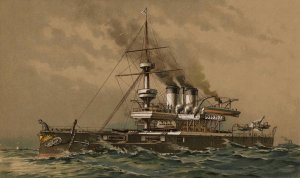

 en.wikipedia.org
en.wikipedia.org
1889 – Launch of Imperator Nikolai I (Russian: Император Николай I) was a Russian Imperator Aleksandr II-class battleship built for the Baltic Fleet in the late 1880s.
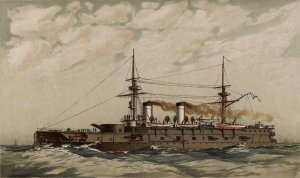
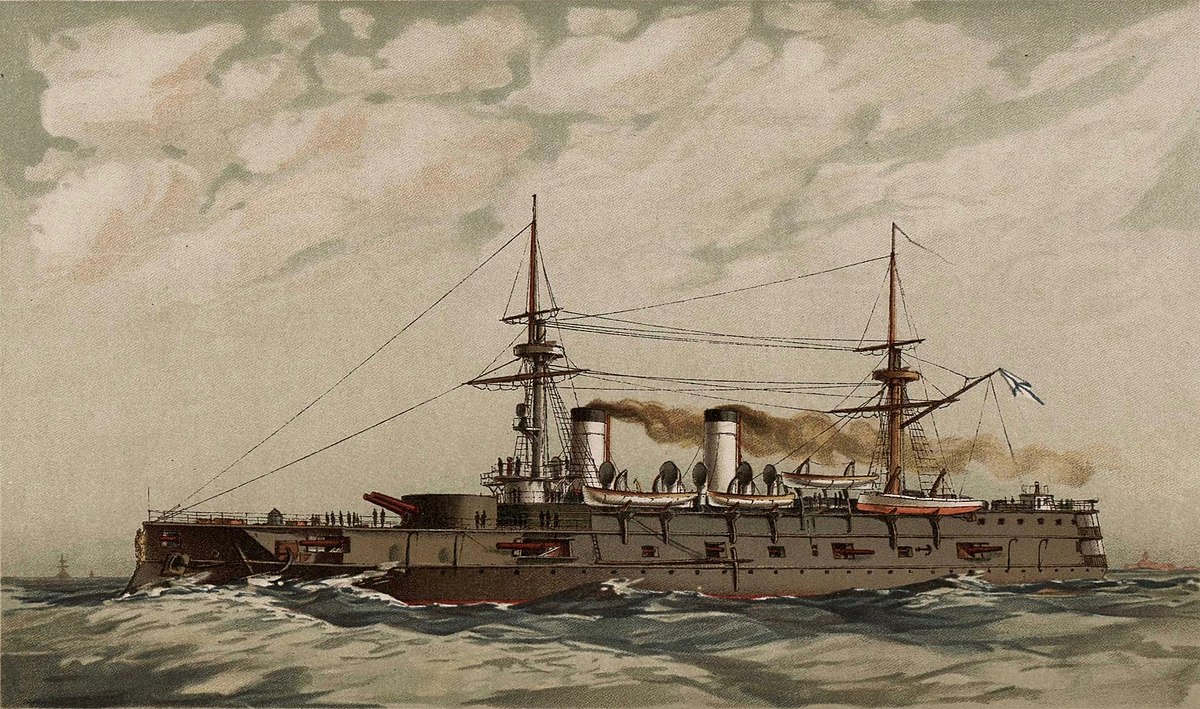
 en.wikipedia.org
en.wikipedia.org
1899 – Launch of SMS Kaiser Wilhelm der Grosse ("HMS Emperor William the Great")[a] was a German pre-dreadnought battleship of the Kaiser Friedrich III class, built around the turn of the 20th century.
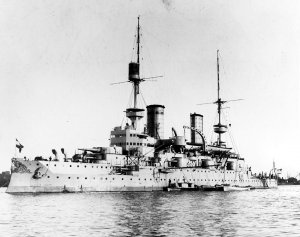

 en.wikipedia.org
en.wikipedia.org
1902 Clarence Wade McClusky, Jr born
Rear Admiral Clarence Wade McClusky, Jr., (1 June 1902 – 27 June 1976) was a United States Navy aviator during World War II and the early Cold War period. He is credited with playing a major part in the Battle of Midway. In the words of Admiral Chester Nimitz, McClusky's decision to continue the search for the enemy and his judgment as to where the enemy might be found, "decided the fate of our carrier task force and our forces at Midway"
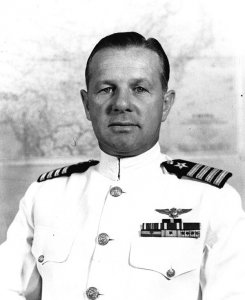

 en.wikipedia.org
en.wikipedia.org
1935 – Launch of Shōhō (Japanese: 祥鳳, "Auspicious Phoenix" or "Happy Phoenix") was a light aircraft carrier of the Imperial Japanese Navy.
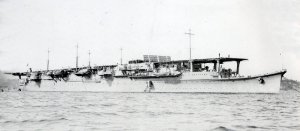
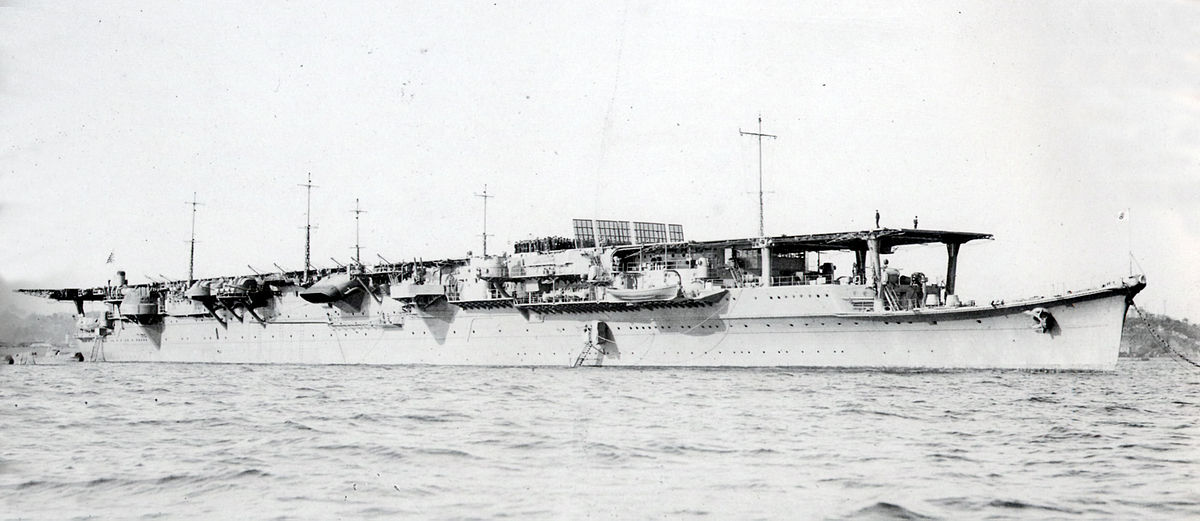
 en.wikipedia.org
en.wikipedia.org
1939 – Launch of Shōkaku (Japanese: 翔鶴, "Soaring Crane") was an aircraft carrier of the Imperial Japanese Navy, the lead ship of her class.
Shōkaku (Japanese: 翔鶴, "Soaring Crane") was an aircraft carrier of the Imperial Japanese Navy, the lead ship of her class. Along with her sister ship Zuikaku, she took part in several key naval battles during the Pacific War, including the attack on Pearl Harbor, the Battle of the Coral Sea and the Battle of the Santa Cruz Islands before being torpedoed and sunk by a U.S. submarine at the Battle of the Philippine Sea.
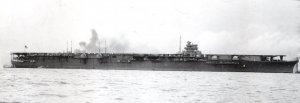
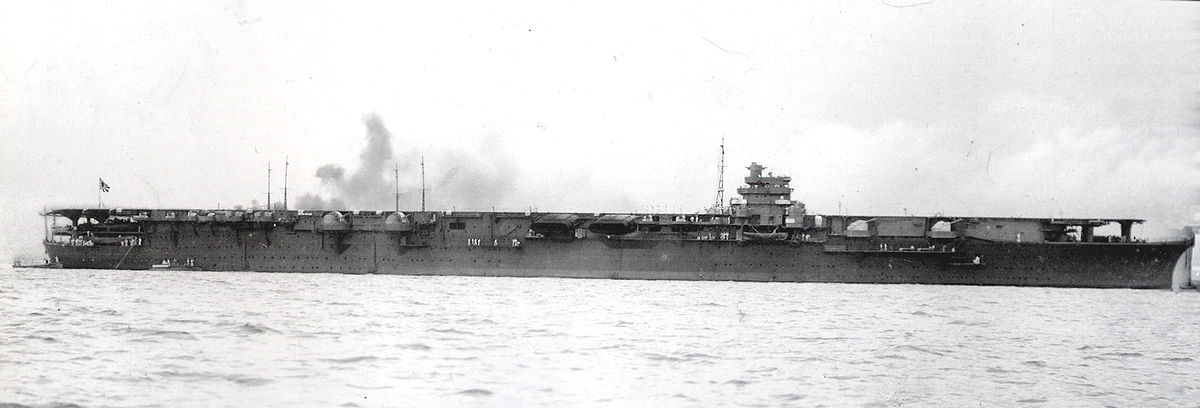
 en.wikipedia.org
en.wikipedia.org
1941 - May 21-June 1 - End of Battle of Crete - Royal Navy loses three cruisers and 6 destroyers to Axis air attacks

 en.wikipedia.org
en.wikipedia.org
1943 - USS Trigger (SS 237) sinks Japanese merchant collier Noborikawa Maru off Kominato, southern Honshu.
1944 - Blimp Squadron Fourteen (ZP 14) Airships, (K 123) and (K 130), complete the first crossing of the Atlantic by non-rigid, lighter-than-air aircraft. The journey takes 50 hours after leaving Naval Air Station, South Weymouth, Mass., and arriving at Gibraltar.
Other Events on 1 June
1710 – Death of David Mitchell, Scottish admiral and politician (b. 1642)


David Mitchell (Royal Navy officer) - Wikipedia
1754 – Launch of Fleur de Lys, (launched 1 June 1754 at Brest) – burnt to avoid capture 1760.
Comète class, (30-gun design by Joseph-Louis Ollivier, with 26 x 8-pounder and 4 x 4-pounder guns).
Comète, (launched 20 December 1752 at Brest) – captured by British Navy 16 March 1761, becoming HMS Comet.
Fleur de Lys, (launched 1 June 1754 at Brest) – burnt to avoid capture 1760.
Concorde, (launched 15 November 1755 at Brest) – wrecked 1756.
1757 – Launch of Spanish España 68 (launched 1 June 1757 at Cádiz) - Stricken to BU 12 December 1807
África class all ordered 1751-57 at Cadiz (Carraca Dyd), 68 guns
África 68 (launched 20 November 1752 at Cadiz) - stricken 8 August 1806 and BU 1809
Firme 68 (launched 22 June 1754 at Cadiz) - Captured by Britain 22 July 1805, retaining same name, BU 1814
Aquiles 68 (launched 5 September 1754 at Cadiz) - Stricken 7 August 1790
España 68 (launched 1 June 1757 at Cádiz) - Stricken to BU 12 December 1807
1779 – Launch of HMS Pegasus was a 28-gun Enterprise-class sixth-rate frigate of the Royal Navy.
HMS Pegasus was a 28-gun Enterprise-class sixth-rate frigate of the Royal Navy. The Pegasus was first commissioned in May 1779 under the command of Captain John Bazely.


HMS Pegasus (1779) - Wikipedia
1795 Adam Duncan promoted to full Admiral.
1795 - Pandour, a French a 14-gun gun-brig launched in 1780 as a cutter, which the Royal Navy captured in December 1795. The Navy took her into service as Pandora (or Pandour), but she foundered in June 1797
French cutter Pandour (1780) - Wikipedia
1796 – Launch of HMS Merlin was one of the two original Merlin-class sloops that served the Royal Navy during the French Revolutionary Wars.
HMS Merlin was one of the two original Merlin-class sloops that served the Royal Navy during the French Revolutionary Wars. She was launched in 1796 and was broken up in 1803. Her greatest accomplishment was her role as the leading vessel in a motley flotilla of local vessels that defeated a Spanish attack on the British colonists in Honduras at the Battle of St. George's Caye. She later captured a number of small merchant vessels in the West Indies before returning to Britain, where she was broken up.


HMS Merlin (1796) - Wikipedia
1797 HMS Astraea (32), Cptn. Richard Dacres, captures the Dutch privateer Stuiver (10) off the Scaw
HMS Astraea (or Astrea) was a 32-gun Fifth Rate Active-class frigate of the Royal Navy. Fabian at E. Cowes launched her in 1781, and she saw action in the American War of Independence as well as during the Napoleonic Wars. She is best known for her capture of the larger French frigate Gloire in a battle on 10 April 1795, while under the command of Captain Lord Henry Paulet. She was wrecked on 23 March 1808 off the coast of Anegada in the British Virgin Islands.

Capture of the American Frigate South Carolina by the British frigates Diomede, Quebec and Astrea, c.1925, National Archives of Canada

HMS Astraea (1781) - Wikipedia
1814 Start of 4 day British operation in the River Patuxent.
1825 - June 1 - Greeks defeat Turks between Euboea and Andros
1848 – Launch of HMS Colossus was a two-deck 80-gun second rate ship of the line of the Royal Navy, at Pembroke Dockyard.
HMS Colossus was a two-deck 80-gun second rate ship of the line of the Royal Navy, launched on 1 June 1848 at Pembroke Dockyard.
Colossus was fitted with screw propulsion in 1864, and was sold out of the navy in 1867.


HMS Colossus (1848) - Wikipedia

Vanguard-class ship of the line - Wikipedia
1871 - Two ships under the squadron command of Commodore John Rodgers, on USS Colorado, are attacked from Korean forts and batteries. The squadron is carrying Frederick Low, U.S. foreign minister to China, who was sent to negotiate trade with Korea. A Marine Corps expedition destroys the forts and inflicts heavy casualties on the Koreans on June 10-11.
1882 – Launch of Aagot was a three-masted square rig sailing ship built by Dobie & Company, Govan for the Firth Line, as Firth of Clyde
Aagot was a three-masted square rig sailing ship built by Dobie & Company, Govan for the Firth Line, as Firth of Clyde and was launched on 1 June 1882. She was wrecked on Wardang Island on 11 October 1907

Wreck of the 1,242 GRT three-masted sailing ship Aagot, formerly Firth of Clyde, on Wardang Island, South Australia, in 1907. (From description supplied with photograph). Dobie & Co of Govan, Scotland built her in 1882 as the square-rigger Firth of Clyde for James Spencer & Co of Glasgow. Herman Jacobsen of Sarpsborg, Norway bought her in 1904 and had her converted into a barque. On 12 October 1907 she ran aground on Wardang Island in the Spencer Gulf and was wrecked.

Aagot (1882) - Wikipedia
1887 – Launch of The Russian battleship Sinop (Russian: Синоп) was a battleship built for the Imperial Russian Navy, being the third ship of the Ekaterina II class.
The Russian battleship Sinop (Russian: Синоп) was a battleship built for the Imperial Russian Navy, being the third ship of the Ekaterina II class. She was named after the Russian victory at the Battle of Sinop in 1853. The ship participated in the pursuit of the mutinous battleship Potemkin in June 1905[a] and towed her back to Sevastopol from Constanța, Romania, where Potemkin had sought asylum. Several proposals were made for Sinop's reconstruction with modern guns and better quality armor during the 1900s, but both were cancelled. She was converted to a gunnery training ship in 1910 before she became a guardship at Sevastopol and had her 12-inch (305 mm) guns removed in exchange for four single 203 mm (8.0 in)/50 guns in turrets. Sinop was refitted in 1916 with torpedo bulges to act as "mine-bumpers" for a proposed operation in the heavily mined Bosphorus. Both the Bolsheviks and the Whites captured her during the Russian Civil War after her engines were destroyed by the British in 1919. She was scrapped by the Soviets beginning in 1922.


Russian battleship Sinop - Wikipedia
1889 – Launch of Imperator Nikolai I (Russian: Император Николай I) was a Russian Imperator Aleksandr II-class battleship built for the Baltic Fleet in the late 1880s.


Russian battleship Imperator Nikolai I (1889) - Wikipedia
1899 – Launch of SMS Kaiser Wilhelm der Grosse ("HMS Emperor William the Great")[a] was a German pre-dreadnought battleship of the Kaiser Friedrich III class, built around the turn of the 20th century.


SMS Kaiser Wilhelm der Grosse - Wikipedia
1902 Clarence Wade McClusky, Jr born
Rear Admiral Clarence Wade McClusky, Jr., (1 June 1902 – 27 June 1976) was a United States Navy aviator during World War II and the early Cold War period. He is credited with playing a major part in the Battle of Midway. In the words of Admiral Chester Nimitz, McClusky's decision to continue the search for the enemy and his judgment as to where the enemy might be found, "decided the fate of our carrier task force and our forces at Midway"


C. Wade McClusky - Wikipedia
1935 – Launch of Shōhō (Japanese: 祥鳳, "Auspicious Phoenix" or "Happy Phoenix") was a light aircraft carrier of the Imperial Japanese Navy.


Japanese aircraft carrier Shōhō - Wikipedia
1939 – Launch of Shōkaku (Japanese: 翔鶴, "Soaring Crane") was an aircraft carrier of the Imperial Japanese Navy, the lead ship of her class.
Shōkaku (Japanese: 翔鶴, "Soaring Crane") was an aircraft carrier of the Imperial Japanese Navy, the lead ship of her class. Along with her sister ship Zuikaku, she took part in several key naval battles during the Pacific War, including the attack on Pearl Harbor, the Battle of the Coral Sea and the Battle of the Santa Cruz Islands before being torpedoed and sunk by a U.S. submarine at the Battle of the Philippine Sea.


Japanese aircraft carrier Shōkaku - Wikipedia
1941 - May 21-June 1 - End of Battle of Crete - Royal Navy loses three cruisers and 6 destroyers to Axis air attacks

Battle of Crete - Wikipedia
1943 - USS Trigger (SS 237) sinks Japanese merchant collier Noborikawa Maru off Kominato, southern Honshu.
1944 - Blimp Squadron Fourteen (ZP 14) Airships, (K 123) and (K 130), complete the first crossing of the Atlantic by non-rigid, lighter-than-air aircraft. The journey takes 50 hours after leaving Naval Air Station, South Weymouth, Mass., and arriving at Gibraltar.



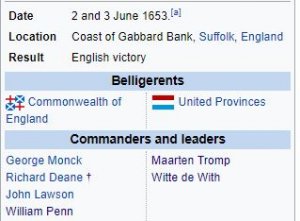
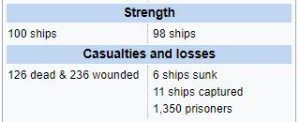
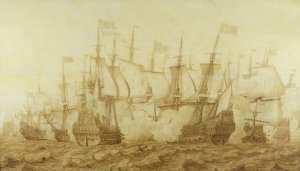
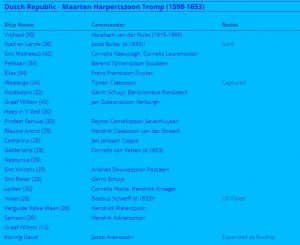
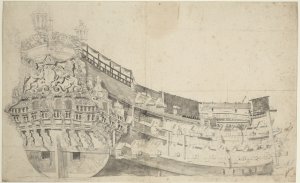
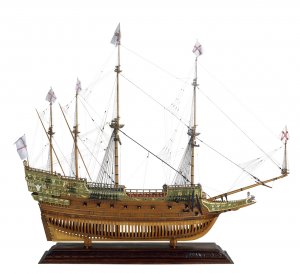
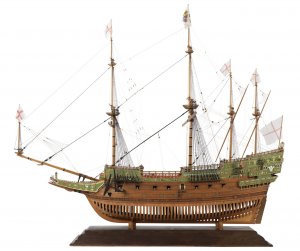
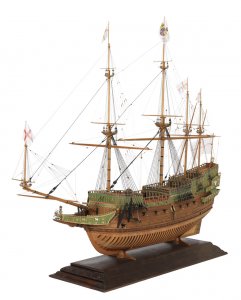

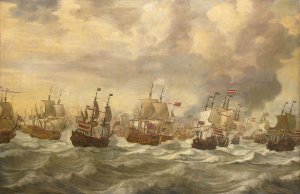
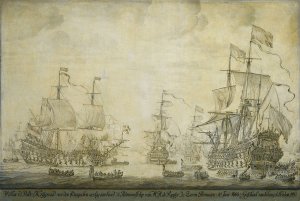
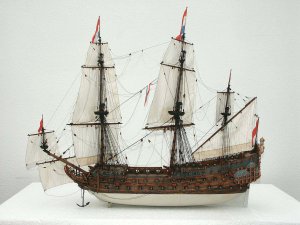
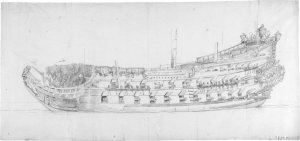


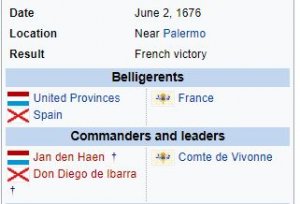
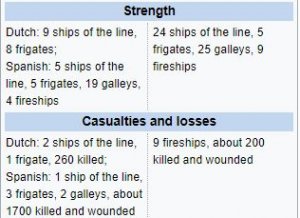
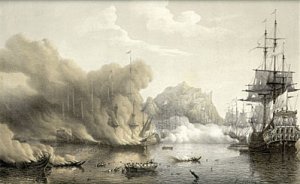
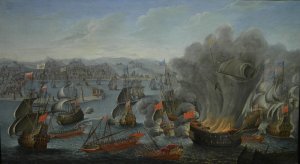
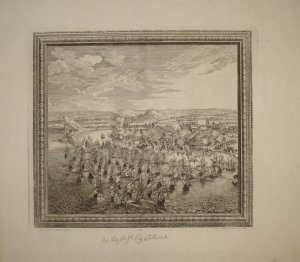


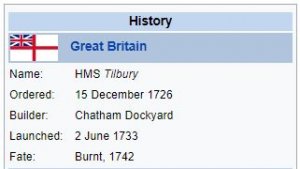
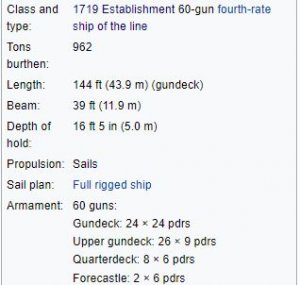
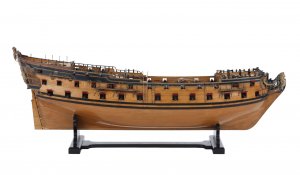
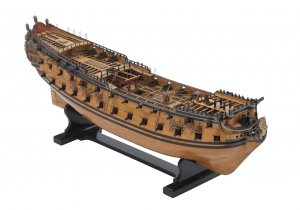
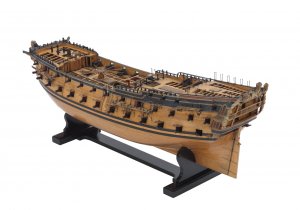
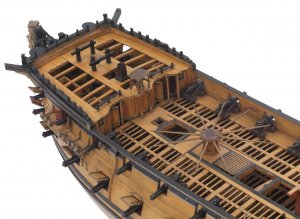
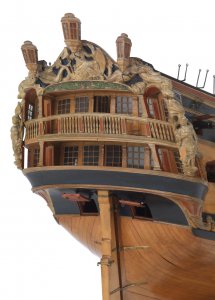
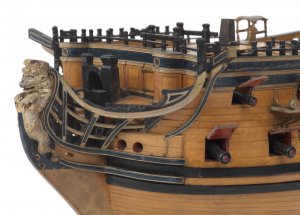
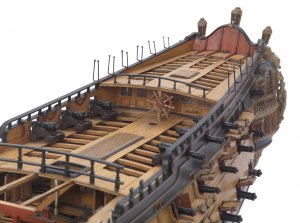
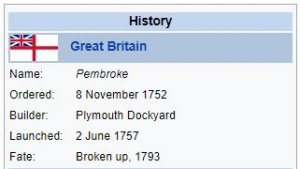
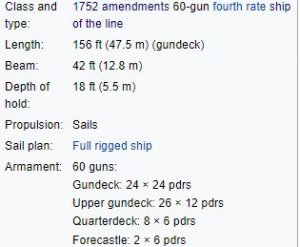
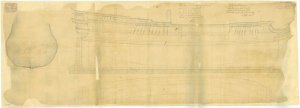
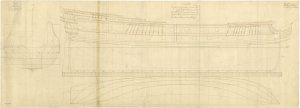
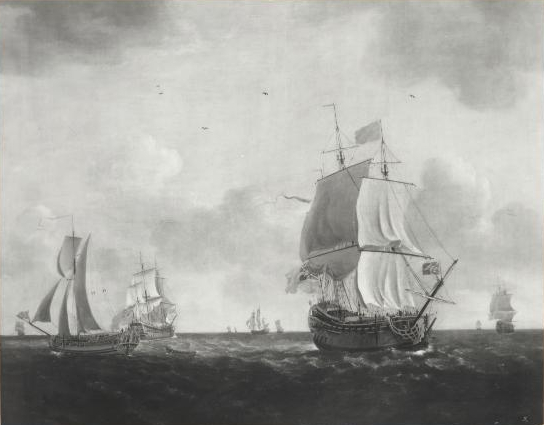
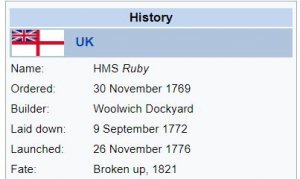
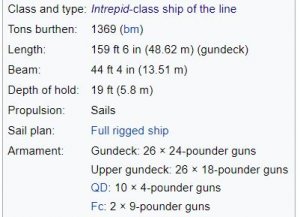

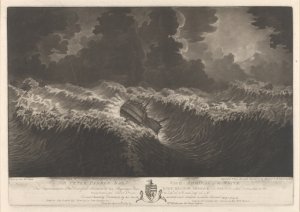
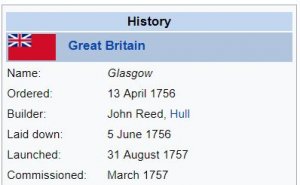
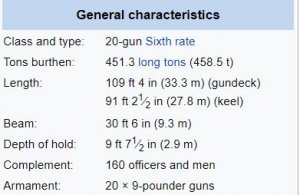
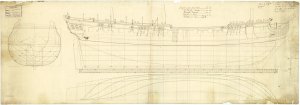

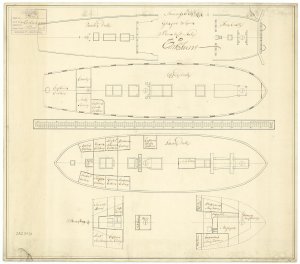
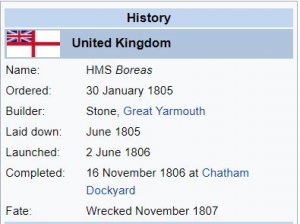
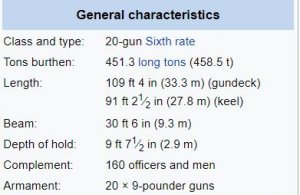
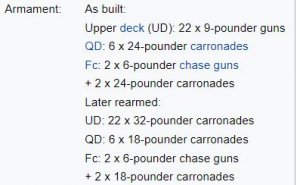
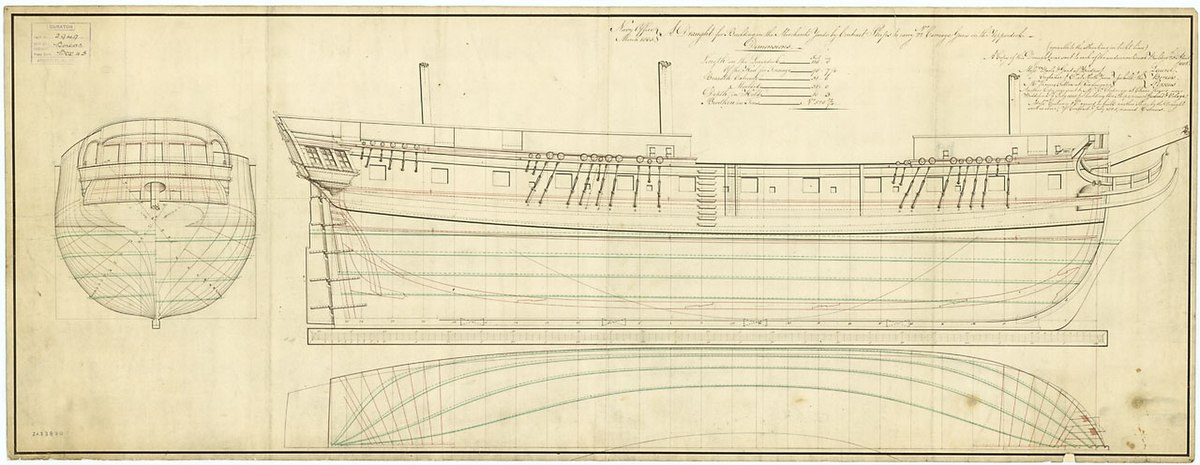
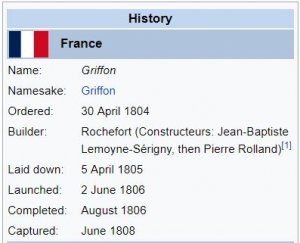
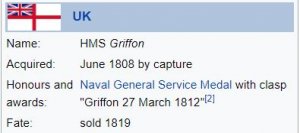
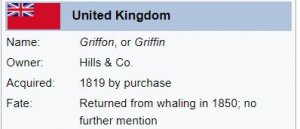
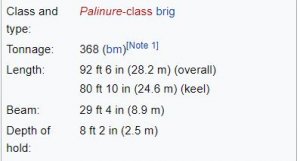
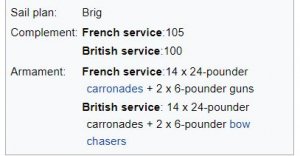
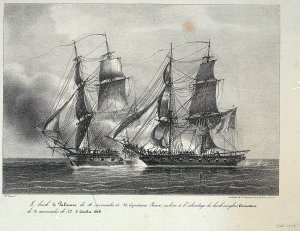
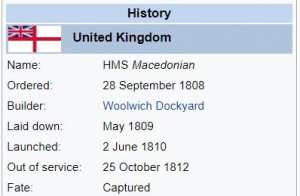
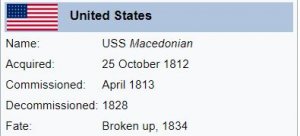
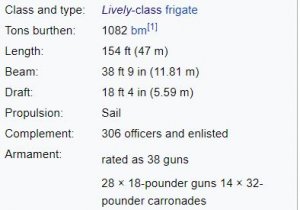
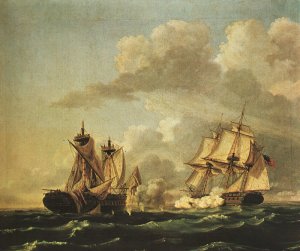
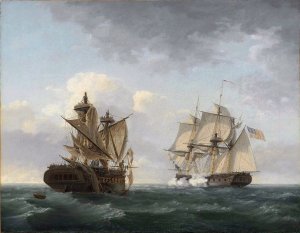
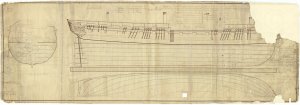


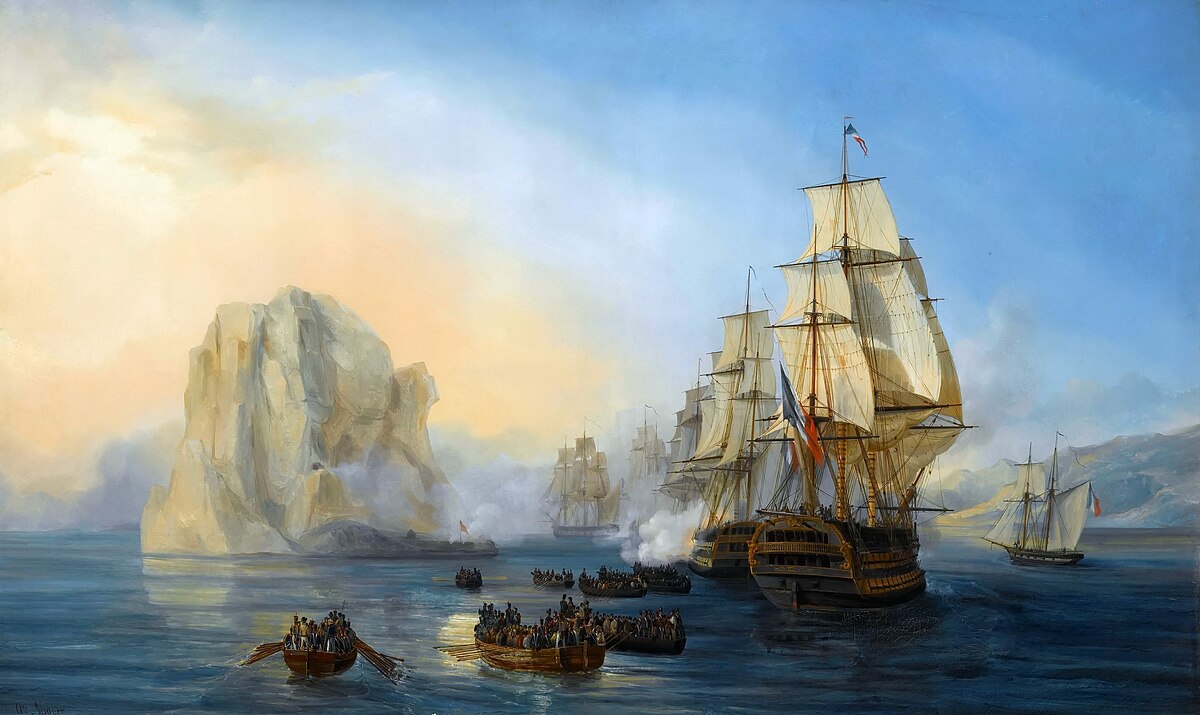

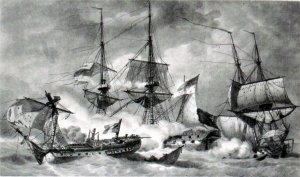

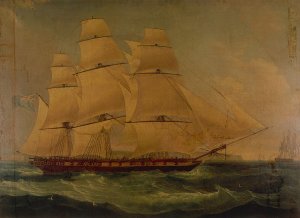


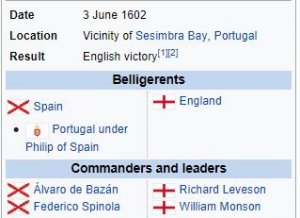
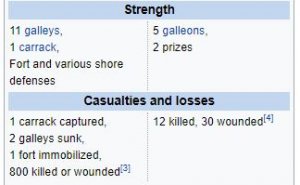


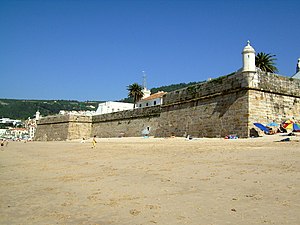


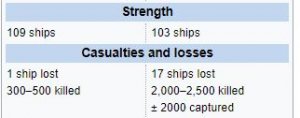
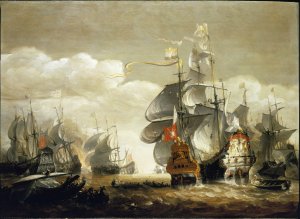
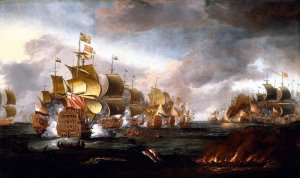

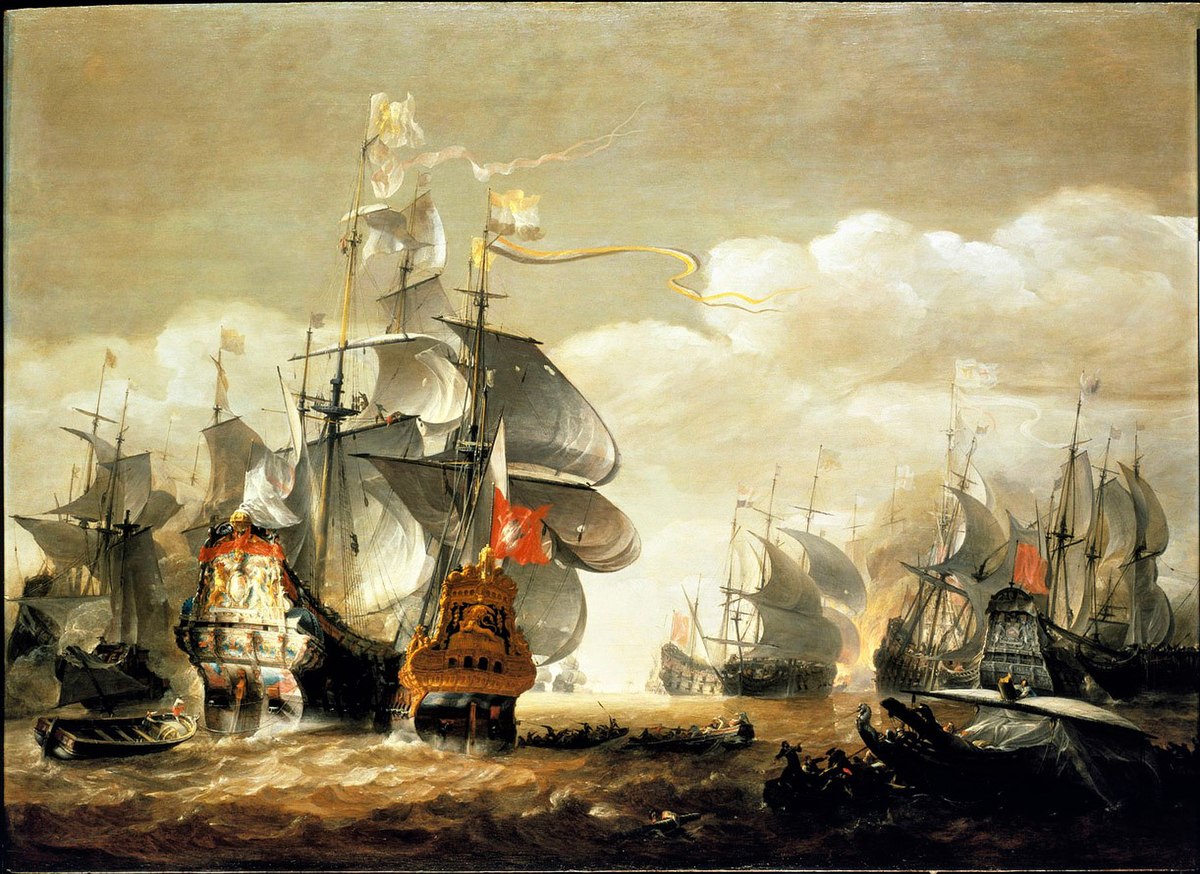
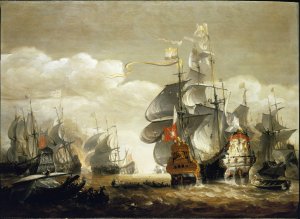
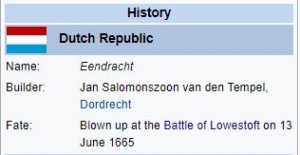
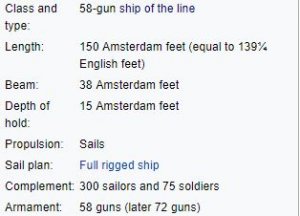
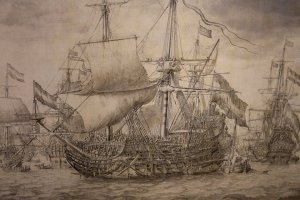
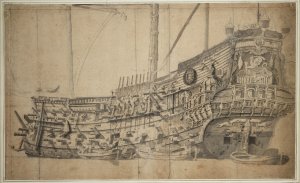
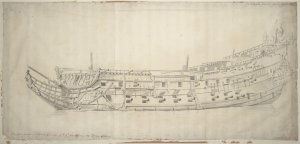

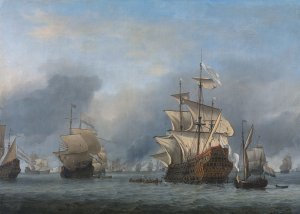
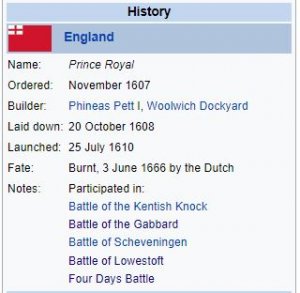
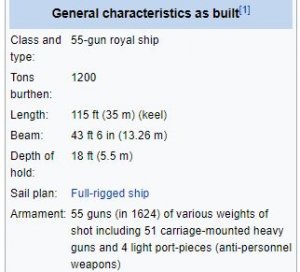
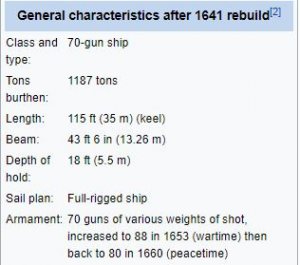
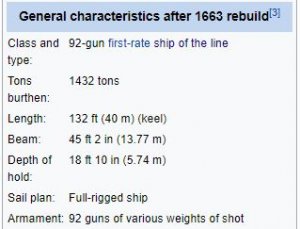
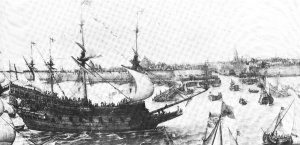
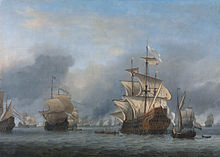
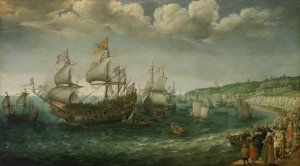
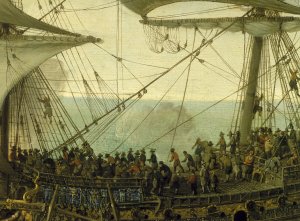
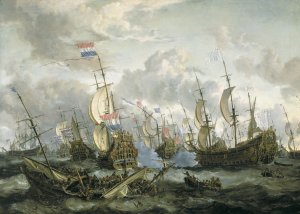
 straten. Storck composed his depictions carefully and was very precise in every detail. He showed considerable accuracy in depicting ships' rigging and technical details. Moreover his Dutch harbour and river views often depict the recreational and ceremonial aspects of shipping. In particular he concentrated on showing pleasure yachts and ceremonial gatherings of ships. He, also, concentrated on depictions of both spectators and passengers. In such work he showed great skill depicting the human figure through characterization and attention to costume and detail. To contrast with the sombre surroundings, he used bright colouring and light and dark effects on the ships’ sails and flags. In this way Storck dramatized his sea battles, which are reminiscent of paintings by his Amsterdam predecessors Reinier Nooms (called Zeeman) and Jan Abrahamsz
straten. Storck composed his depictions carefully and was very precise in every detail. He showed considerable accuracy in depicting ships' rigging and technical details. Moreover his Dutch harbour and river views often depict the recreational and ceremonial aspects of shipping. In particular he concentrated on showing pleasure yachts and ceremonial gatherings of ships. He, also, concentrated on depictions of both spectators and passengers. In such work he showed great skill depicting the human figure through characterization and attention to costume and detail. To contrast with the sombre surroundings, he used bright colouring and light and dark effects on the ships’ sails and flags. In this way Storck dramatized his sea battles, which are reminiscent of paintings by his Amsterdam predecessors Reinier Nooms (called Zeeman) and Jan Abrahamsz 
